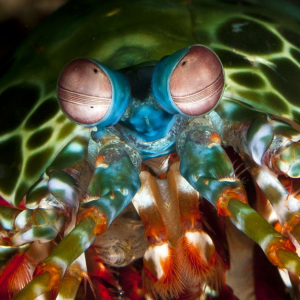
The Chernobyl disaster in 1986 had a profound impact on the people and animals that lived in the surrounding areas. The explosion at the nuclear power plant in Ukraine resulted in the release of radioactive materials into the atmosphere, leading to widespread contamination of the environment. While most people were evacuated from the area, some animals, including dogs, remained behind.
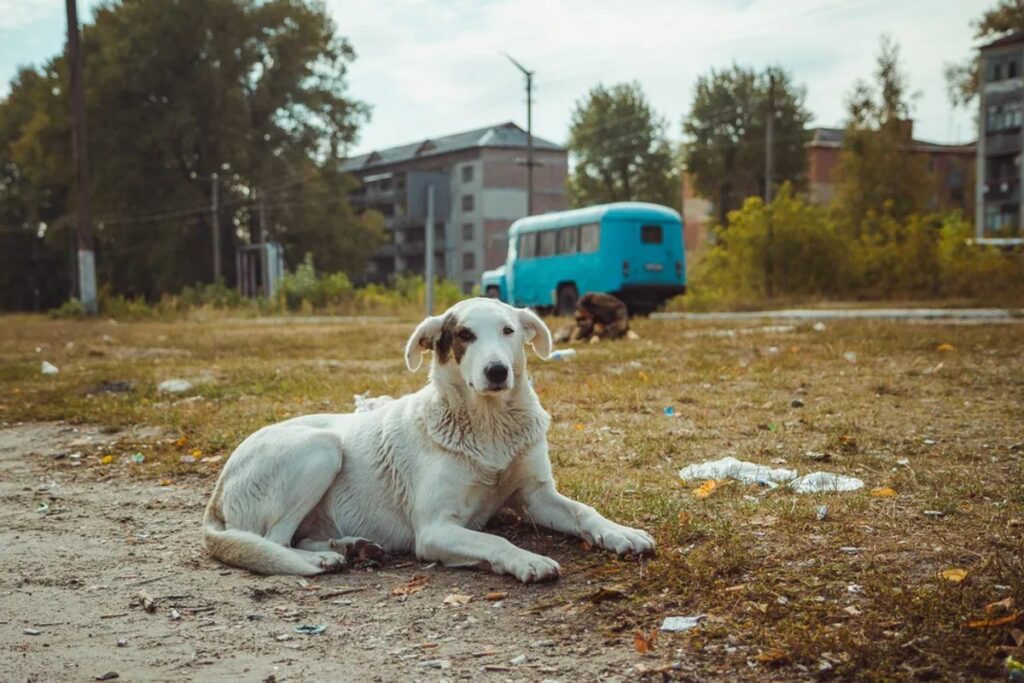
Over the years, these dogs have adapted to their new surroundings, creating a unique population that is genetically distinct from other dogs in the world. Recent research has shed light on the genetic differences between these dogs and their counterparts living elsewhere, and how radiation exposure may have contributed to these differences.
The study, conducted by researchers from the National Institutes of Health’s National Human Genome Research Institute and the University of South Carolina, analyzed the DNA of 200 dogs living in the Chernobyl exclusion zone. The researchers found that these dogs were genetically different from other dogs in the world, with 15 complex family structures that were unique to the population.
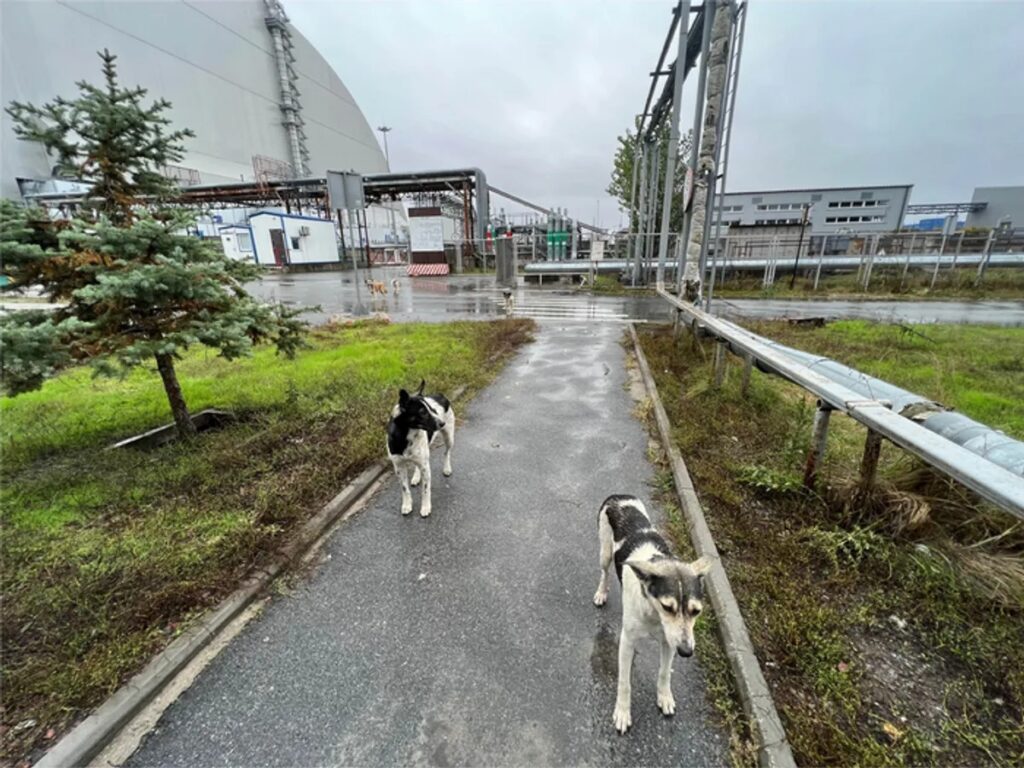
Interestingly, the researchers also discovered that the dogs living in the exclusion zone were likely descendants of pets that were left behind when people evacuated the area after the explosion. The dogs that survived have since bred and created a new population that is adapted to the harsh conditions of the exclusion zone.
Despite their unique genetic makeup, the dogs of Chernobyl are still just as lovable and loyal as any other dog. Workers and researchers in the area have been known to feed the animals, while vets occasionally visit to treat any medical issues they may have.
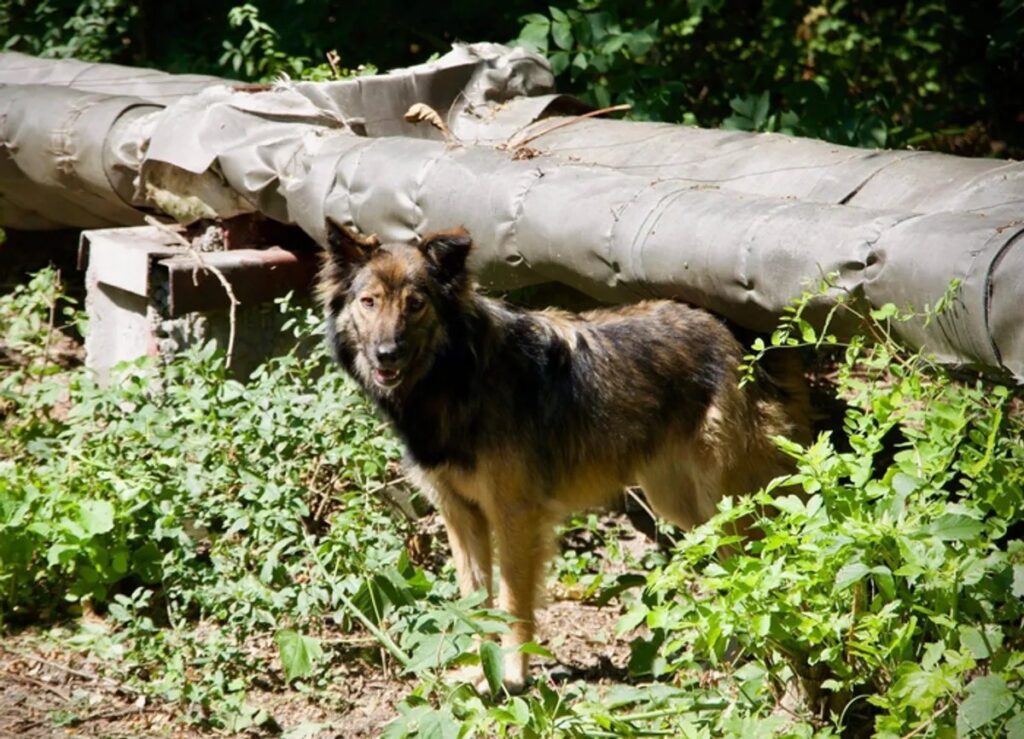
The researchers behind the study hope to further explore the genetic differences between the Chernobyl dogs and other dogs, and whether these differences have any impact on their health, appearance, and behavior. They are particularly interested in identifying genetic mutations that may help animals to survive in the face of radiation exposure.
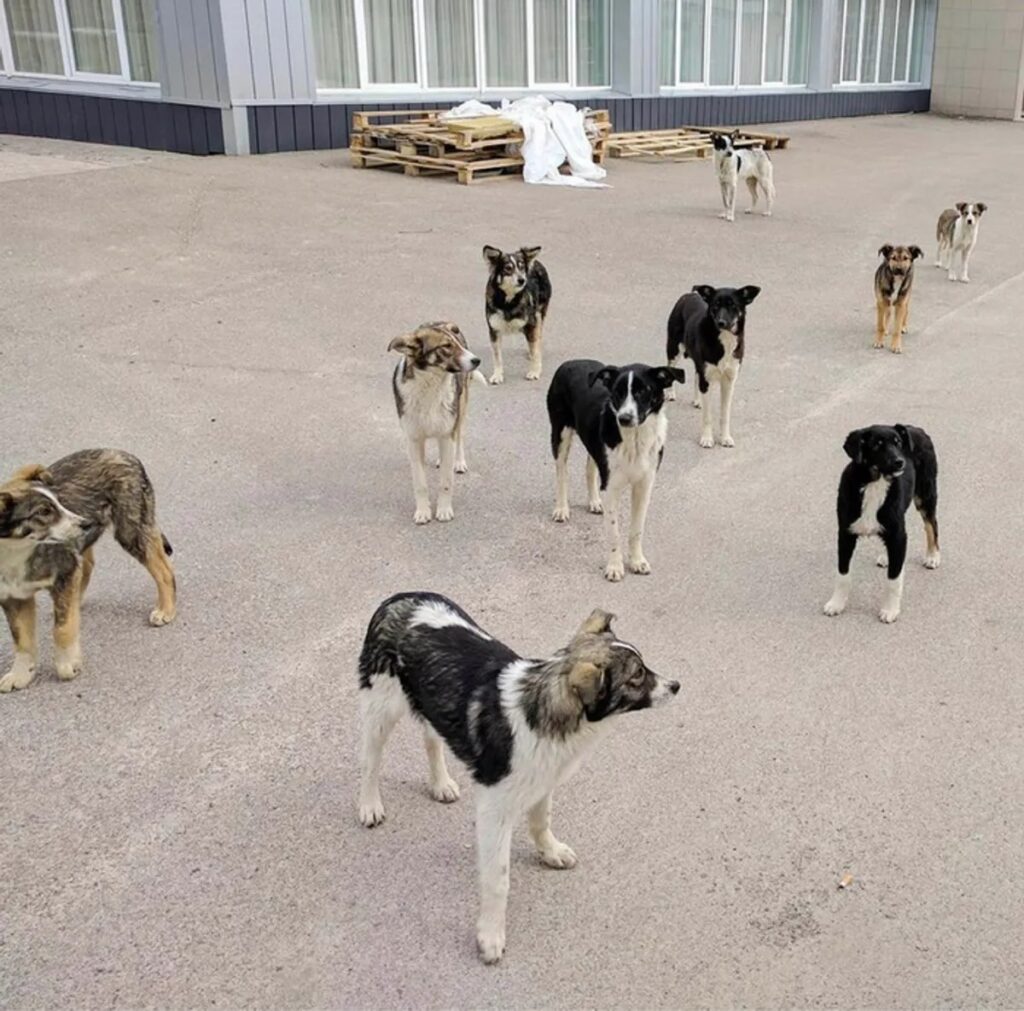
The study highlights the remarkable resilience of dogs as a species, and how they are able to adapt and thrive even in the most challenging of circumstances. It also demonstrates the incredible power of genetic analysis and how it can be used to gain a deeper understanding of the world around us, even in the most unexpected of places.




